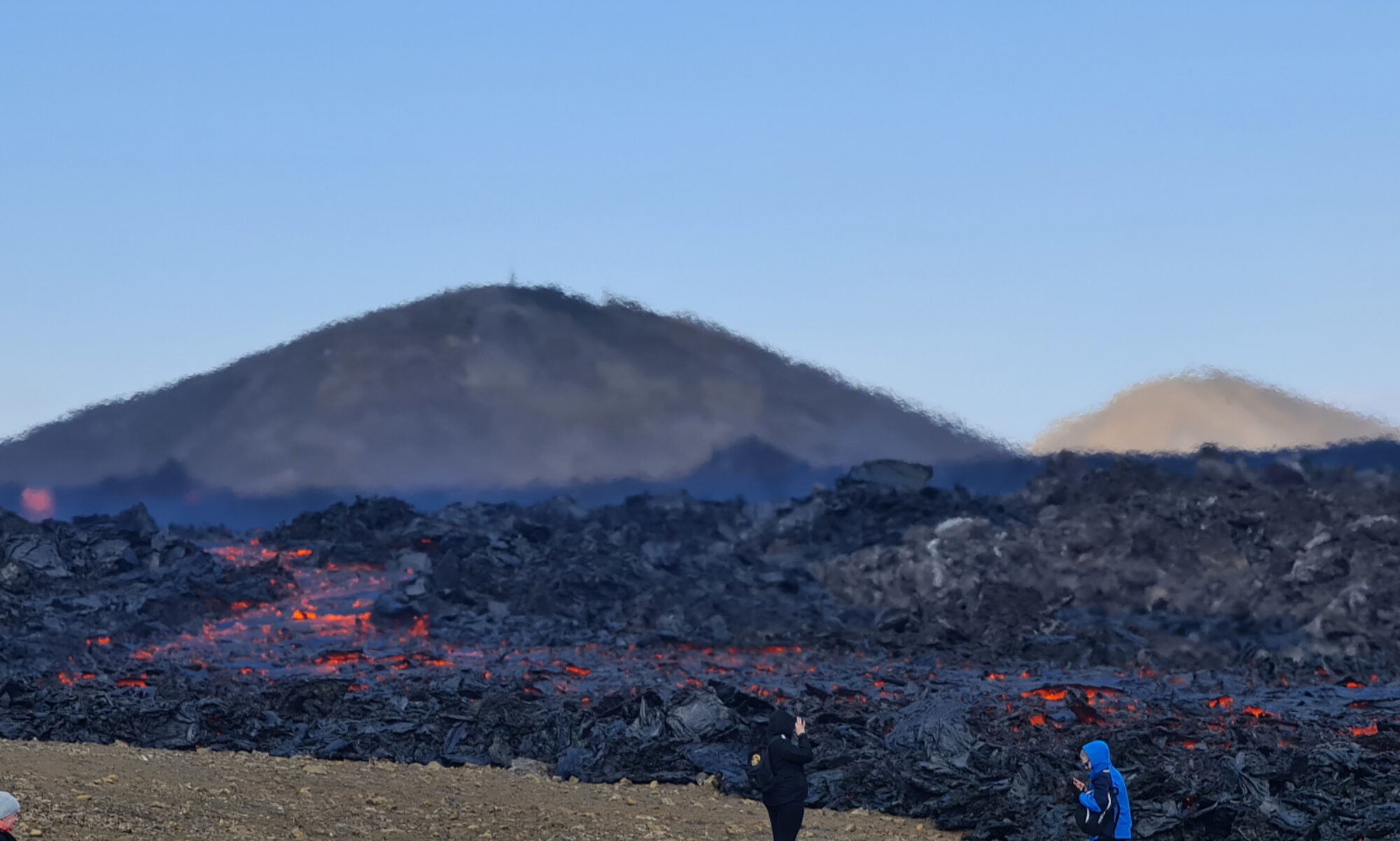Few hours ago a glacier flood started from Grímsvötnum. But it was only confirmed few moments ago. The flood noise can be seen on following SIL stations around Vatnajökull.
Grímsfjall (increased noise)
Kalafell (increased noise)
This glacier flood is expected to reach it’s peak in about 4 to 5 days. If this is a repeat of the year 2004 events a eruption should start in Grímsfjalli in about 1 to 4 days from now. But if that plays out exacly like the year 2004 eruption remains to be seen. GVP has the eruption history of Grímsfjall here.
This glacier flood starts on the exact day as it did in the year 2004.
Icelandic news. Please use Google Translate.
Hlaup er hafið í Grímsvötnum (Rúv.is)
Hlaup í Grímsvötnum hafið (mbl.is)
Hlaup hafið í Grímsvötnum (Vísir.is)
